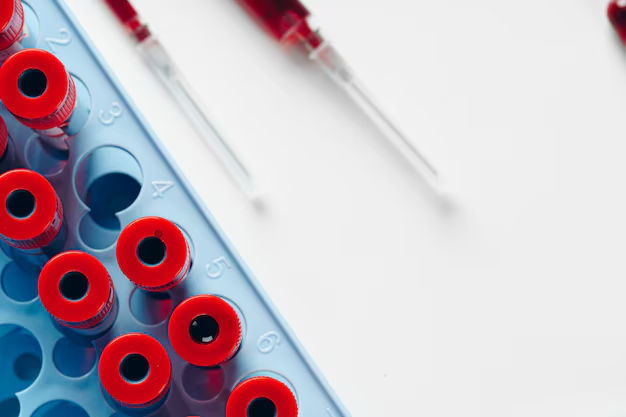What Degrees, Certifications, or Licenses Are Needed to Become a Phlebotomist?
Embarking on a career as a phlebotomist offers a promising pathway into the healthcare sector with relatively swift entry compared to other medical professions. To become a phlebotomist, one needs a high school diploma or GED followed by specialized training through a phlebotomy program, which can typically be completed in less than a year. These programs are often available at community colleges or vocational schools and focus on hands-on training in drawing blood, patient interaction, and understanding the medical nuances of laboratory tests. While a formal degree is not mandatory, obtaining a certificate boosts employment prospects and provides an edge in this competitive field.
Certification is not universally required but is highly recommended and sometimes mandated by employers; it validates the phlebotomist’s skills and knowledge to potential employers. Organizations such as the American Society for Clinical Pathology (ASCP) or the National Healthcareer Association (NHA) offer nationally recognized certifications that improve credibility and job prospects. Additionally, some states might require specific licenses, so it’s essential to check local regulations. Ultimately, investing in the right training and certifications not only enriches your expertise but also enhances your career trajectory in the realm of healthcare.
Pathways to Becoming a Phlebotomist:
- 🎓 High School Diploma or GED: The basic educational requirement to enroll in a phlebotomy training program.
- 🩸 Phlebotomy Certificate Program: Typically less than a year, focusing on key skills and hands-on experience.
- 🛡️ Certification: Obtained from recognized organizations like ASCP or NHA to validate expertise.
- 📜 State License (if required): Check specific state regulations for any additional licensing needs.
Each step in this educational journey strengthens your foundation and opens doors in the dynamic healthcare field!
